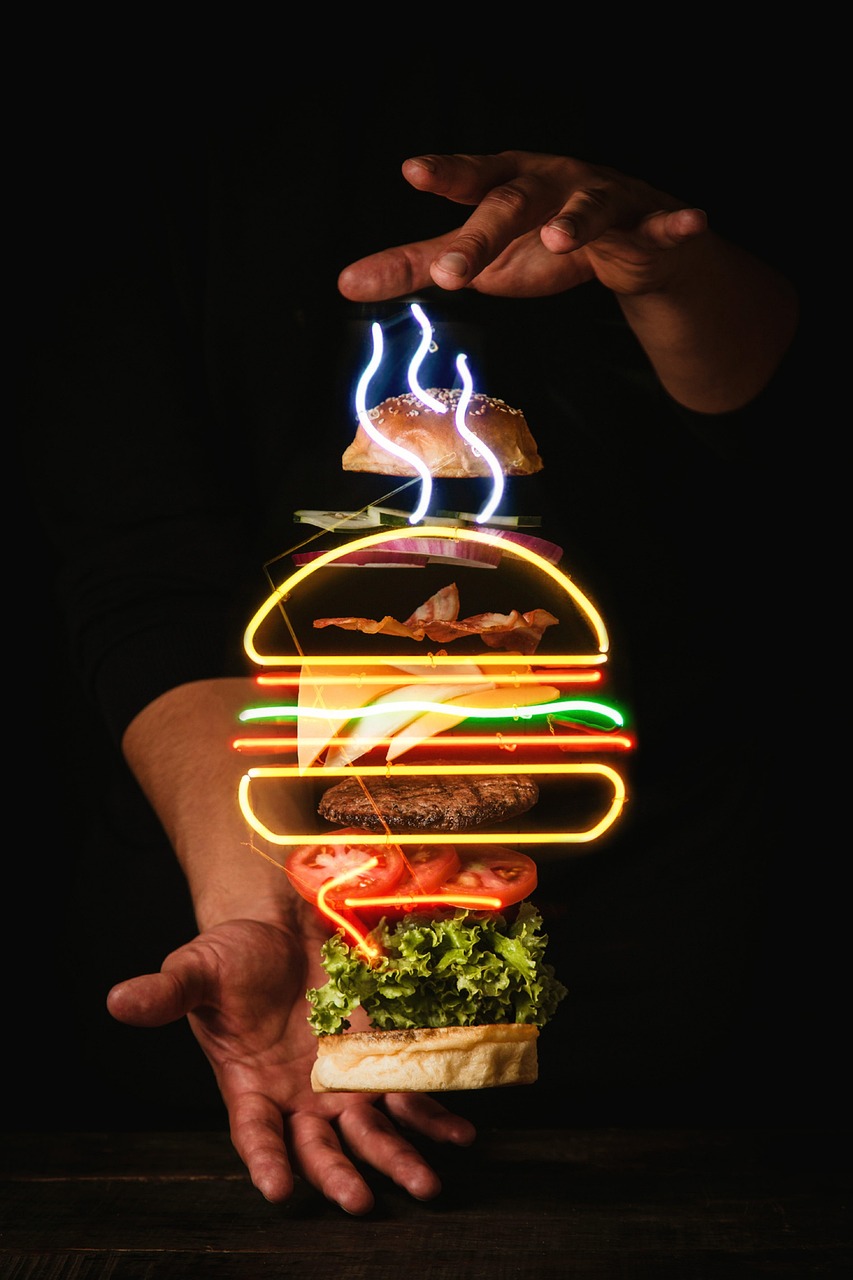
Advertising
Advertising during the 18th century, advertisements began appearing in England’s weekly newspapers. These early print ads were primarily used to market books and periodicals, which became more accessible thanks to improvements in printing technology, as well as medicines, which were in growing demand. However, misleading promotions and so-called “quack” ads soon became an issue, leading to the introduction of rules to regulate advertising practices.
In the United States, newspapers expanded rapidly in the early 19th century, partly fueled by advertising. By 1822, America had more newspaper readers than any other nation. Roughly half of the space in these publications was filled with advertisements, often from local businesses, and by the 1810s, nearly half of daily papers included the word “advertiser” in their titles.
Advertising agency
Larger agencies usually bring on board full-time staff, whereas some newer or smaller agencies provide part-time positions, which are ideal for students seeking hands-on experience, Ali explains.Agencies frequently recruit fresh graduates or entry-level talent for positions such as account executives, content writers, and visual designers. What they primarily value are strong problem-solving abilities and efficiency in completing assignments, Ali points out.
From my perspective, account management presents stronger long-term prospects. These roles expose you to a variety of industries, enabling you to develop both industry knowledge and a valuable professional network. Such experience and connections can significantly support career growth. Likewise, roles in digital advertising and creative work are promising, as both local and global firms continue investing in in-house teams. With the rising demand for skilled digital marketers, even more career paths are opening up, he adds.
Digital advertising
Digital advertising is vital because people spend more and more time online—on computers, smartphones, and connected devices. It gives businesses the ability to connect with customers wherever they are.
See More about Advertising Concept
Consumers are constantly making purchase decisions, whether while browsing the web, streaming shows, checking social media, or shopping online. Digital ads help brands reach potential buyers at these moments. Even if a person doesn’t purchase right away, consistent exposure across different contexts strengthens brand recall, making it more likely they’ll choose that brand later when ready to buy.
Amazon advertising
Another option for advertising on Amazon is Sponsored Brands ads. These appear at the top of search results in a banner format. You need to have a registered brand on Amazon to use these ads.Sponsored Brands also allow you to include lifestyle-style images that show your product being used. For example, Golfkicks uses a lifestyle image showing their golf traction kit installed on shoes. These ads are excellent for businesses aiming to increase brand recognition.
Additionally, Sponsored Brand ads can help draw attention to less popular products, encouraging shoppers to explore more of your offerings.The final type of ad we’ll discuss is Sponsored Display ads. These ads appear across Amazon’s advertising network, including Amazon’s site and affiliated partner sites.
Social media advertising
Social media advertising gives businesses precise control over ad placement, scheduling, and audience targeting. Unlike SMM, which depends on organic growth, paid advertising provides immediate exposure and can be tailored to achieve goals like generating leads, increasing website traffic, or driving sales.
Both social media marketing and social media advertising are key elements of a well-rounded social media strategy, with each playing a unique role in connecting with and engaging the desired audience.
Facebook advertising
Online video advertisements are becoming an increasingly popular choice for businesses due to their versatile implementation. They can appear in Facebook News Feeds and stories, or as ads within longer Facebook videos.Additionally, Facebook monitors how long viewers watch a video, allowing you to leverage this data when building a retargeting audience.
Poll ads are a Facebook format designed for mobile devices that encourage audience interaction by adding a two-choice poll to an image or video ad. Both advertisers and participants can view a tally of responses, showing which option the audience prefers.This format is useful because it provides direct insight into audience preferences straight from the source.
Online advertising
PPC is a digital advertising method that enables you to display ads in search engine results for chosen keywords. In contrast to SEO — a strategy aimed at gaining rankings through content creation and optimization — PPC allows you to pay for visibility on your selected keywords.
PPC operates on an auction system where you pick target keywords and compete with other advertisers to have your ads shown in search results. If your bid ranks among the highest, your ad will appear above the organic listings, and you’ll be charged your bid amount whenever someone clicks on it.
See More about Online Advertising
False advertising
The FTC oversees advertising for most industries and enforces penalties on companies using deceptive marketing. The agency primarily monitors national advertisements and focuses on claims related to health, safety, or scientific assertions that are difficult for the average consumer to verify. Banking and insurance advertisements are regulated by the federal agencies specific to those sectors.
Local consumer protection organizations often address advertising disputes at the state or community level, ensuring compliance with relevant laws. Companies found guilty of making misleading claims may receive cease-and-desist orders, requiring them to stop broadcasting the deceptive ads, with fines for violations of future campaigns. Additionally, they may be required to pay settlements, issue refunds, or create corrected advertisements to replace the misleading ones.
Programmatic advertising
Programmatic refers to the automated buying and selling of ads. Google Ads is one example of programmatic advertising. It is a digital ad platform spanning Google’s properties, including search, display, and video campaigns. Google operates on a pay-per-click (PPC) basis, meaning advertisers are charged whenever a user clicks their ad.
There are numerous programmatic advertising platforms that marketers can use to streamline ad purchases and manage campaigns efficiently.Taboola, a leading platform for content discovery and native advertising, integrates directly with top DSPs and delivers 450 billion content, product, or service recommendations every month. Advertisers can also leverage Taboola’s proprietary data, contextual targeting tools, and PMP solutions to achieve their marketing objectives.
Podcast advertising
A primary metric is impressions, which correspond to episode downloads. For example, if an episode is downloaded 230,000 times, your ad receives 230,000 impressions. This helps you gauge whether your results align with expectations.You can also track effectiveness through promo codes, using unique codes for different episodes to see which generate the most conversions. Surveys asking customers how they learned about your brand can also indicate podcast-driven results.
Ad costs vary depending on the platform, ad length, and type. Podcast advertising generally uses either a cost-per-mille (CPM) or cost-per-acquisition (CPA) model. CPM charges for every 1,000 impressions, while CPA charges for each new customer acquired.According to AdvertiseCast, a 30-second CPM ad costs around $18, and a 60-second CPM ad is about $25. Prices vary depending on the platform and audience size. Basic platforms may charge $100-$500 per ad spot, whereas top-tier podcasts with large audiences can exceed $2,000. Careful research helps you select podcasts that align with both your goals and budget.



